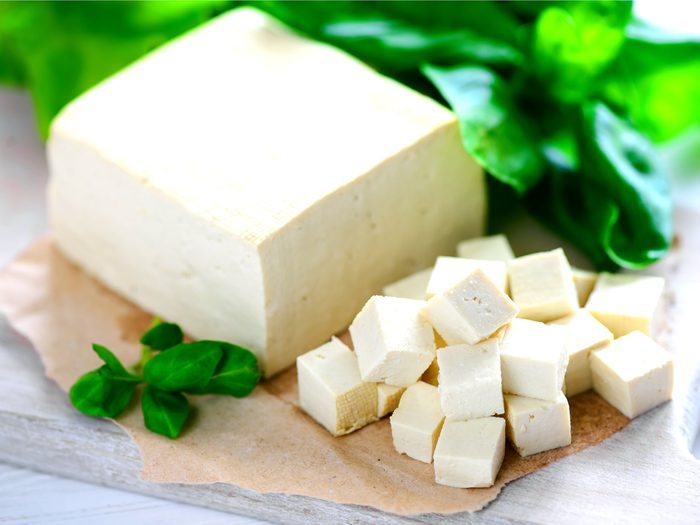
You turn your nose up at tofu
If you’re a meat lover, tofu probably never comes close to your mouth—but it might be time to rethink that. Not only is this Asian staple packed with protein, it contains more than 40 per cent of your daily value of calcium. If you don’t (or can’t) eat a lot of dairy (say, if you’re lactose intolerant), you might want to consider looking at other food options. Tofu is a great way to up your calcium intake.
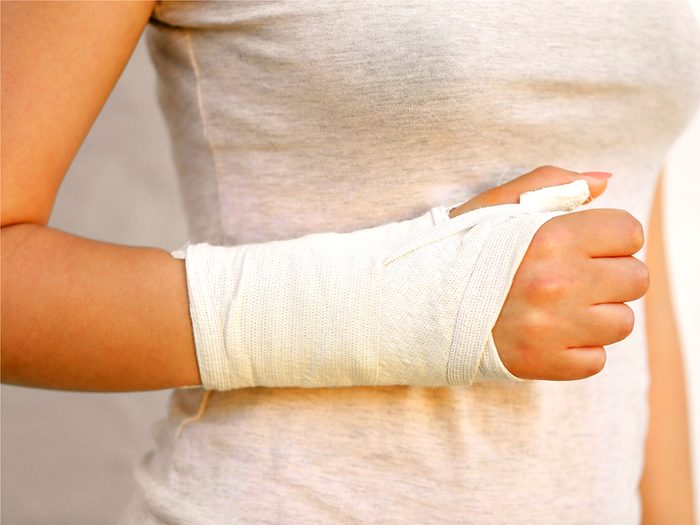
You broke a bone in a seemingly minor accident
If you break your wrist after only a minor fall, it could be a sign that low calcium intake has made your bones brittle. You reach peak bone mass by age 30—after that, your bones slowly lose calcium and you can’t replenish it. “It’s important to have enough calcium in the blood so that your body uses that store of the mineral instead of triggering your bones to release it,” says Shira Sussi, MS, RD, CDN, a dietitian at New York-Presbyterian Hospital in New York City. “Eating more calcium or taking a supplement can help.” Bone fractures are especially common in post-menopausal women. This is the key difference between a bone fracture, a sprain, and a strain.
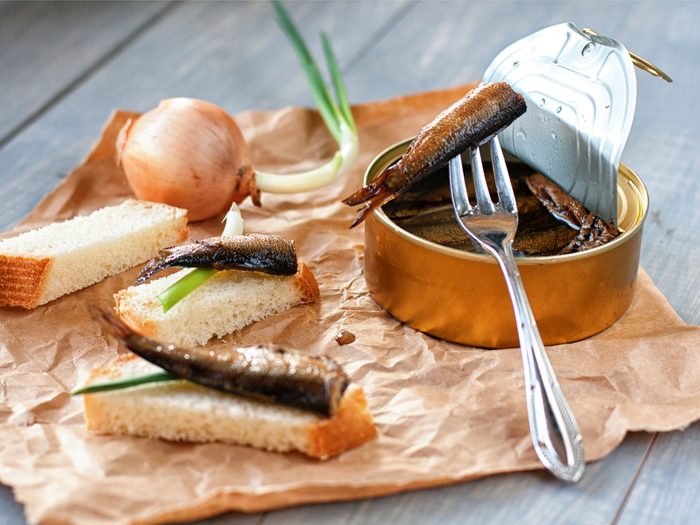
You only eat fresh fish
Canned fish has one thing most fresh fish doesn’t: Edible bones. “One thing I always say is that people don’t eat enough canned fish like sardines or salmon,” says Sussi. You’ll be eating bones, but they’re so small and soft that you can get all their calcium goodness without choking. Oysters, often found in a can or jar, are also nutritious and another good source of calcium (especially for dairy haters).

Your muscles cramp up
One muscle cramp isn’t alarming, but if it persists, a call to your doctor is probably in order. While calcium deficiency in the short-term doesn’t usually produce obvious physical symptoms, chronic deficiency can lead to muscle tenderness, contraction, or overall discomfort because this mineral helps your muscles move. “Your calcium should never be so low that you’re getting these symptoms. That signals a serious deficiency,” says Sussi.
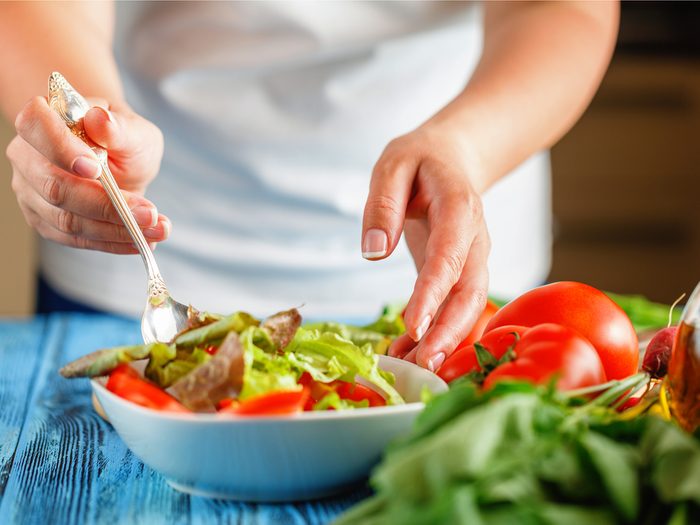
You eat boring salads
If all you eat is romaine, it’s time to add kale to the mix. Dark leafy greens like kale, collard, mustard, Swiss chard, and turnip are all high in calcium, plus vitamins A and C. Bok choy, a mild Asian green is also a good source. “When a food has a high availability of calcium, the absorption rate is a little higher,” says Sussi. Try this delicious kale chip recipe.
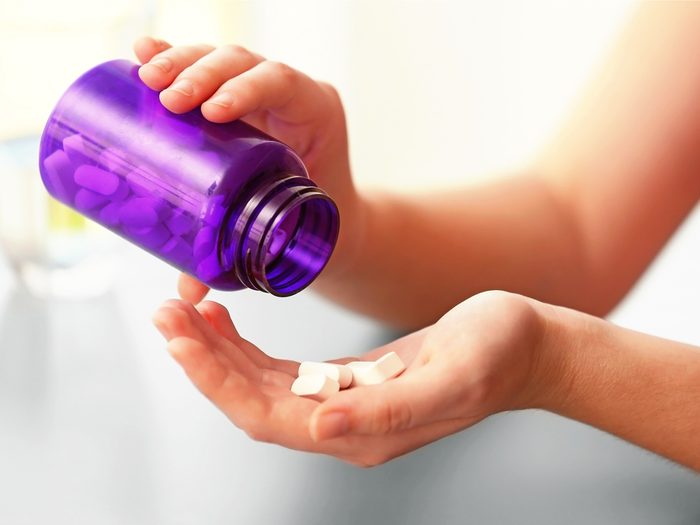
You take a supplement on an empty stomach
Taking your calcium supplement before breakfast still works, but popping it after you’ve eaten something will make it work even better by increasing absorption of it into the body. You should also take it with a vitamin D supplement, since calcium needs this to properly absorb. “Take your supplements with a little fat, such as non-skim milk or avocado. Vitamin D is fat soluble, so a fat helps with absorption,” says Sussi.
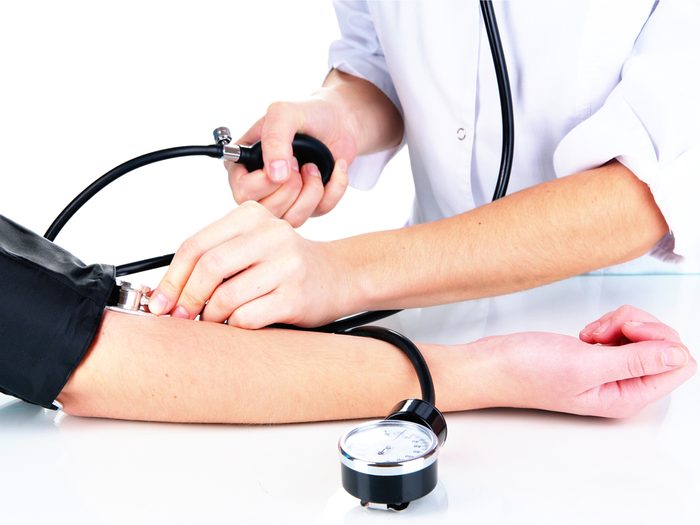
You have high blood pressure
While there’s likely another reason for your hypertension, some studies have found that getting the recommended intake of calcium can reduce the risk of developing high blood pressure, according to the National Institutes of Health. Eat a diet that includes calcium-rich foods, such as dairy, almonds, or brazil nuts, and veggies like broccoli, cabbage, or cabbage. Find out if your blood pressure numbers are normal.
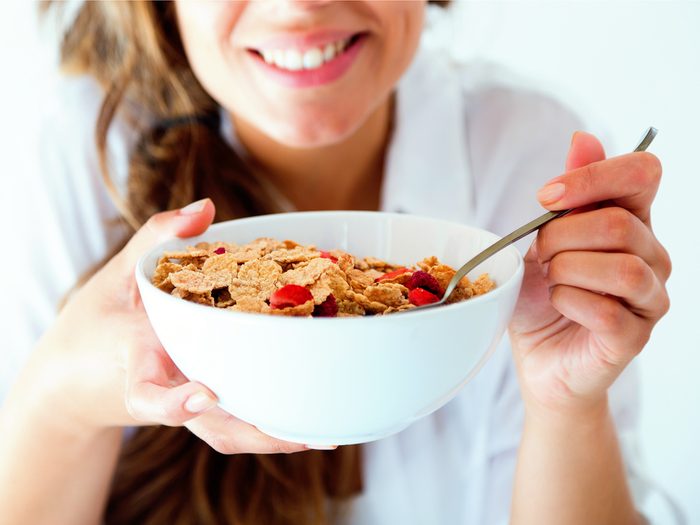
You don’t get enough vitamin D
Calcium needs vitamin D to absorb into the body, so lacking one means you’ll likely be low on the other. Fortified foods like some cereals, milk, or juice can help raise your D intake. Good ol’ sunlight is another good source, but don’t use that excuse to get a tan.
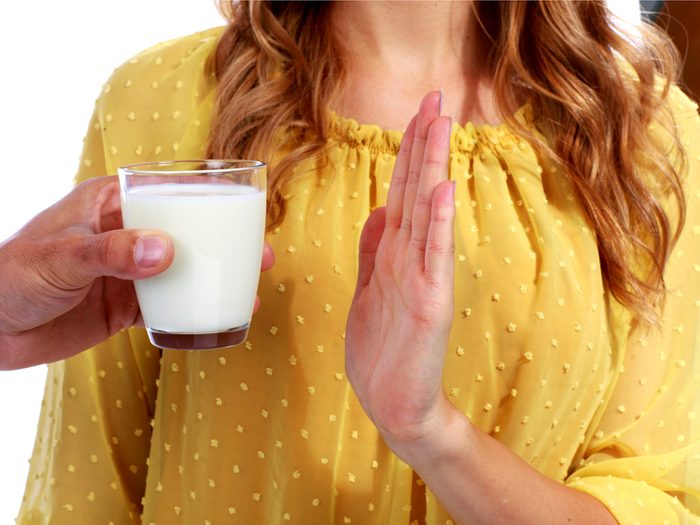
You’re lactose intolerant
If dairy makes you sick, it could also leave you low in calcium. Low-fat dairy products such as milk, yogurt, and cheeses like parmesan, gruyere, mozzarella, American, and cheddar are some of the richest sources of calcium. Try adding other surprising calcium-rich foods to your diet, such as Brewer’s yeast, dried figs, hazelnuts, and soy or rice milk.
